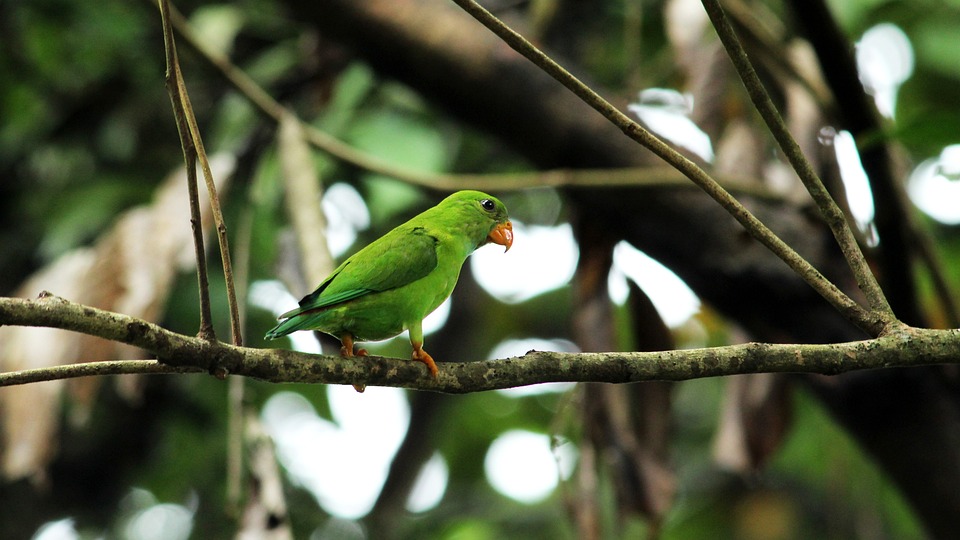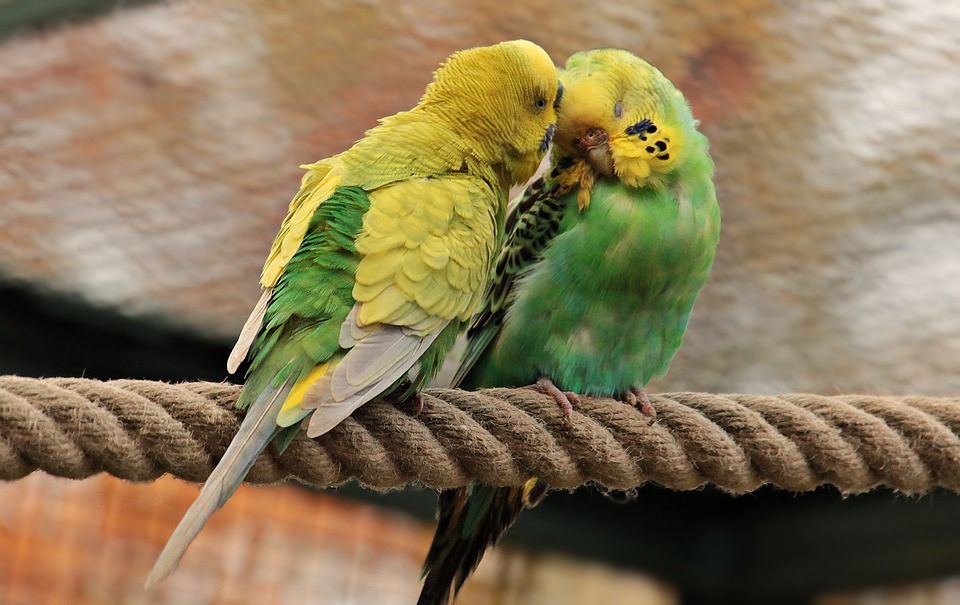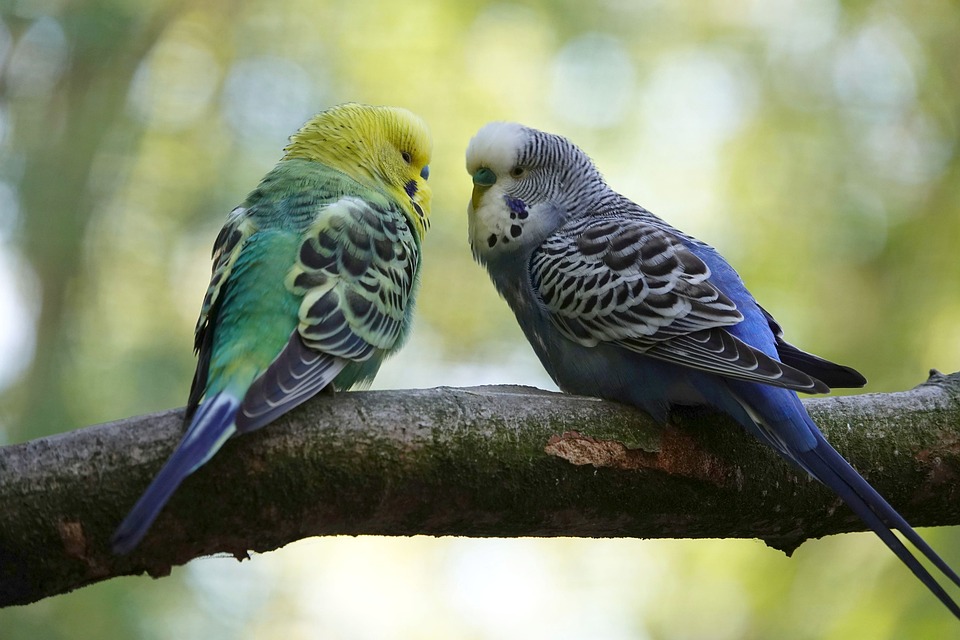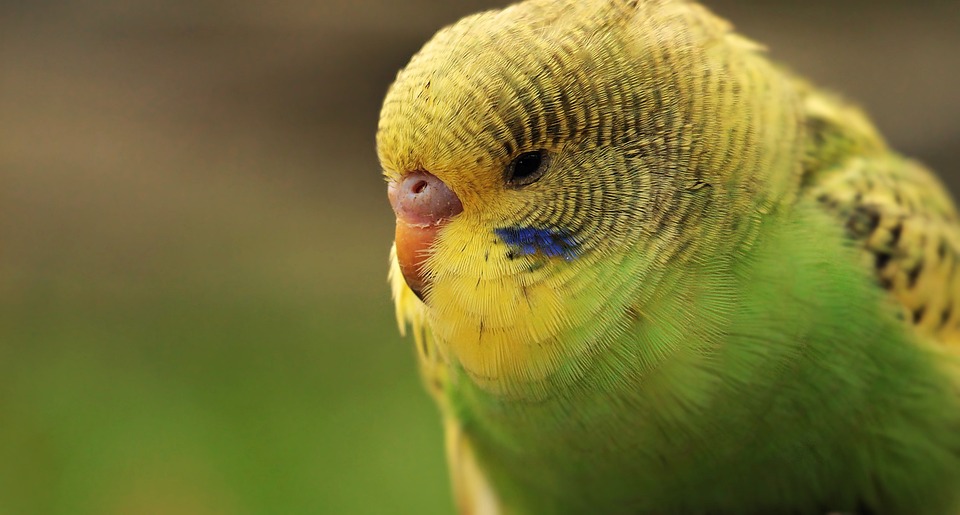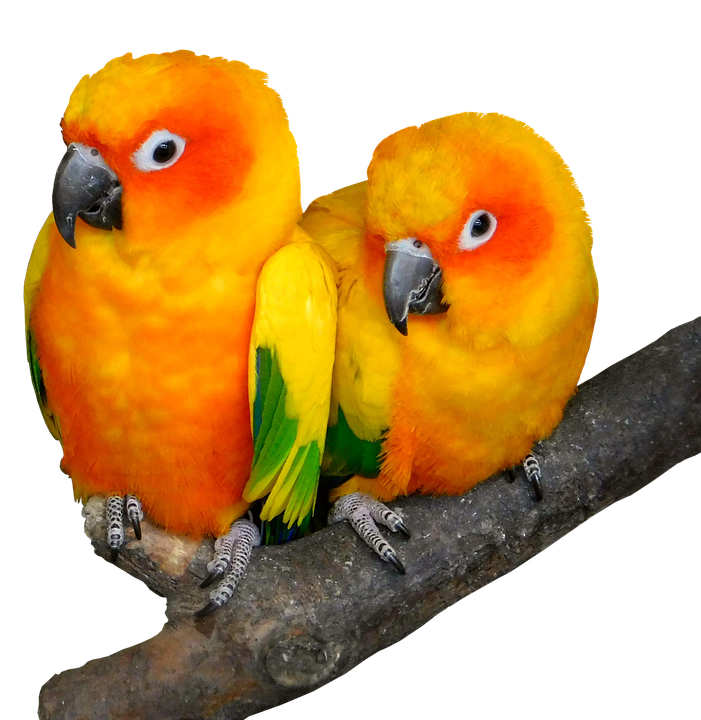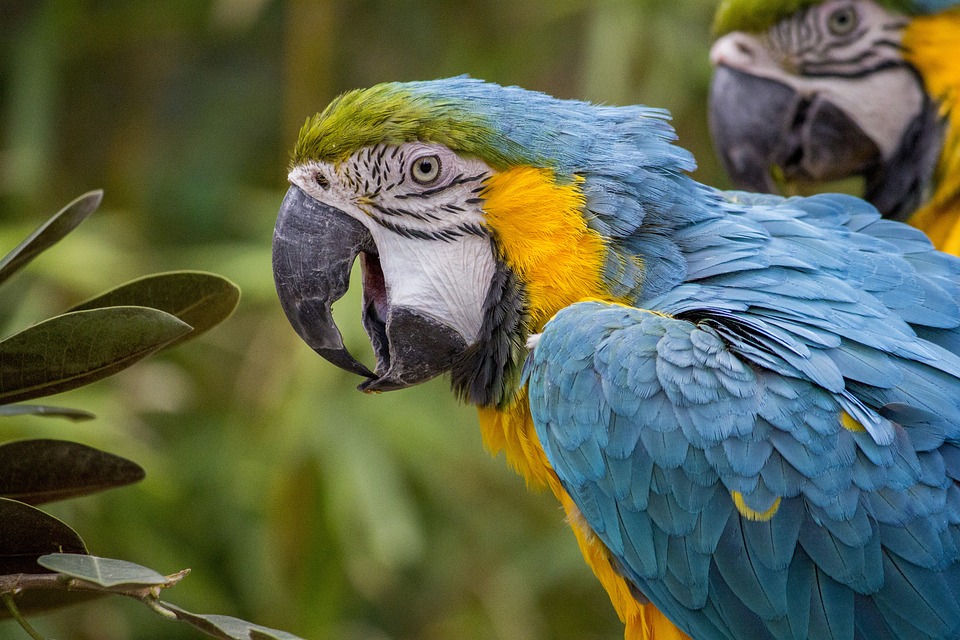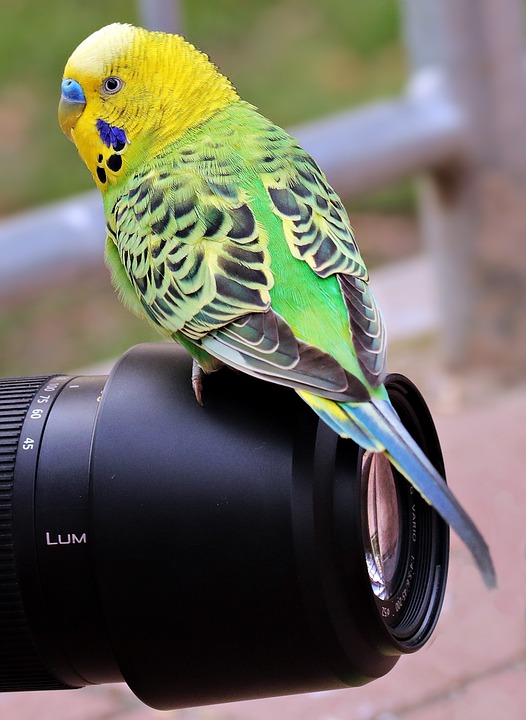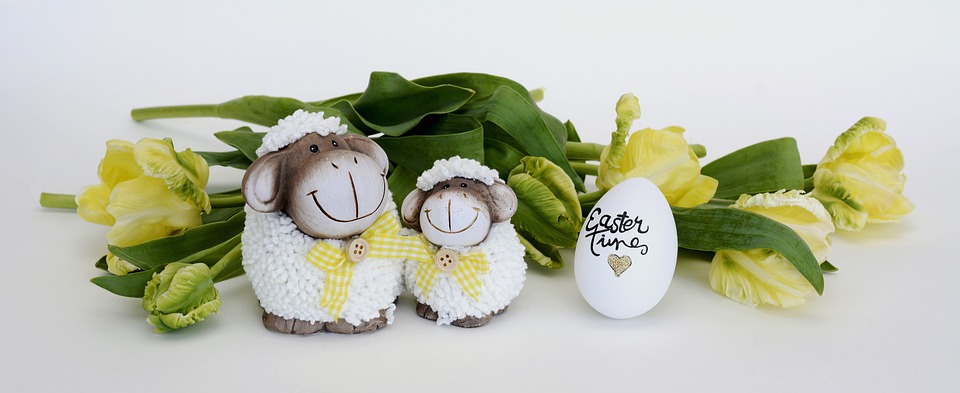Parrots are highly social creatures that thrive on interaction and companionship. While it’s essential for them to bond with their own kind, providing opportunities for socialization with different species of parrots can enrich their lives and promote a well-rounded behavioral development. In this article, we will explore various ways to facilitate socialization among parrots and answer some frequently asked questions related to this topic.
Why is Socialization with Different Species Important for Parrots?
Parrots in the wild often encounter and interact with various species, creating a diverse and stimulating environment. By replicating this natural setting, we can enhance their mental and emotional well-being. Socialization with different parrot species:
1. Promotes Psychological Stimulation: Exposure to different parrot species encourages mental stimulation, problem-solving, and adaptability. It helps prevent boredom and the development of negative behaviors caused by a lack of mental enrichment.
2. Enhances Communication Skills: Parrots learn from one another, mimicking vocalizations, body language, and social cues. Socializing with different species can improve their communication skills and enrich their repertoire of vocalizations.
3. Broadens Behavioral Repertoire: Interacting with different parrot species exposes parrots to new behaviors, feeding techniques, and play styles. This exposure broadens their behavioral repertoire, making them more adaptable and flexible in various social situations.
4. Provides Emotional Support: Socializing with different parrot species can offer emotional support and companionship, particularly for parrots that may not have a mate or same-species companion. This interaction helps prevent feelings of loneliness and isolation.
Methods for Facilitating Socialization
1. Supervised Introductions: When introducing different parrot species, it’s crucial to ensure the safety and well-being of all birds involved. Start with supervised interactions in neutral territory, such as a neutral play area or a large, well-secured cage. Observe their behavior closely, looking for signs of aggression or stress. Gradually increase the duration and frequency of interactions as the birds become more comfortable with each other.
2. Group Playtime: Arrange supervised group playtime sessions where parrots from different species can interact in a controlled environment. Provide plenty of toys, perches, and climbing structures to encourage exploration and shared activities. Ensure there is enough space for each bird to move freely without feeling crowded.
3. Training Sessions: Engage parrots of different species in training sessions simultaneously. This not only provides mental stimulation but also allows them to observe and learn from each other. Training sessions can include simple commands, targeting exercises, or interactive games that encourage cooperation between the birds.
4. Mixed-Species Enclosures: For parrots that are already comfortable with each other, consider housing them together in a spacious mixed-species enclosure. This arrangement should only be pursued after careful consideration of the compatibility and individual needs of each bird. Adequate space, separate feeding stations, and plenty of perching options are crucial to ensure a harmonious cohabitation.
FAQs about Socialization with Different Species of Parrots
1. Can all parrot species be socialized with each other? While many parrot species can be successfully socialized with others, it’s essential to consider their individual personalities, compatibility, and size differences. Some parrot species have a higher likelihood of accepting new companions, while others may be more territorial or aggressive.
2. How long does it take for parrots to become comfortable with each other? The time required for parrots to become comfortable with each other varies. It can range from a few days to several weeks, depending on the individuals involved. Patience, consistency, and careful monitoring of their interactions are key during the socialization process.
3. What signs indicate that the parrots are not getting along? Signs of potential aggression or discomfort include aggressive body postures (raised feathers, flapping wings, lunging), excessive vocalizations, biting, or attempts to escape. If these signs persist despite efforts to facilitate socialization, it may be best to separate the birds to prevent harm.
4. Can socializing parrots of different species lead to hybridization? Hybridization between parrot species is rare, especially in a captive environment. However, it’s crucial to be knowledgeable about the reproductive behavior of the specific species involved and take appropriate precautions to prevent unwanted breeding.
Remember, each parrot is an individual, and not all parrots may enjoy socializing with different species. Always prioritize the safety, comfort, and well-being of each bird involved and consult with an avian behaviorist or veterinarian for guidance if needed.

